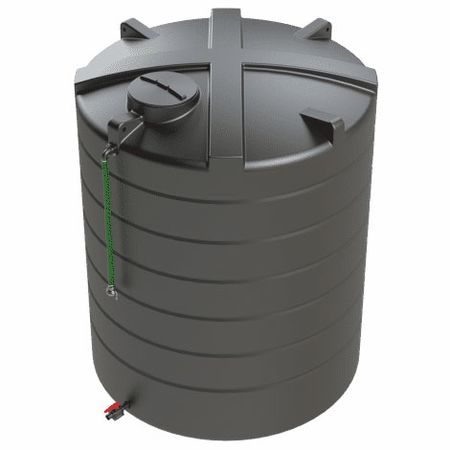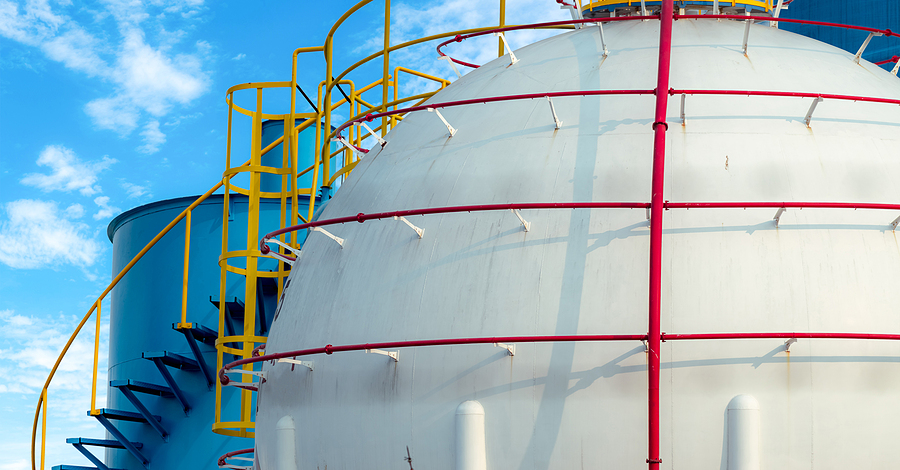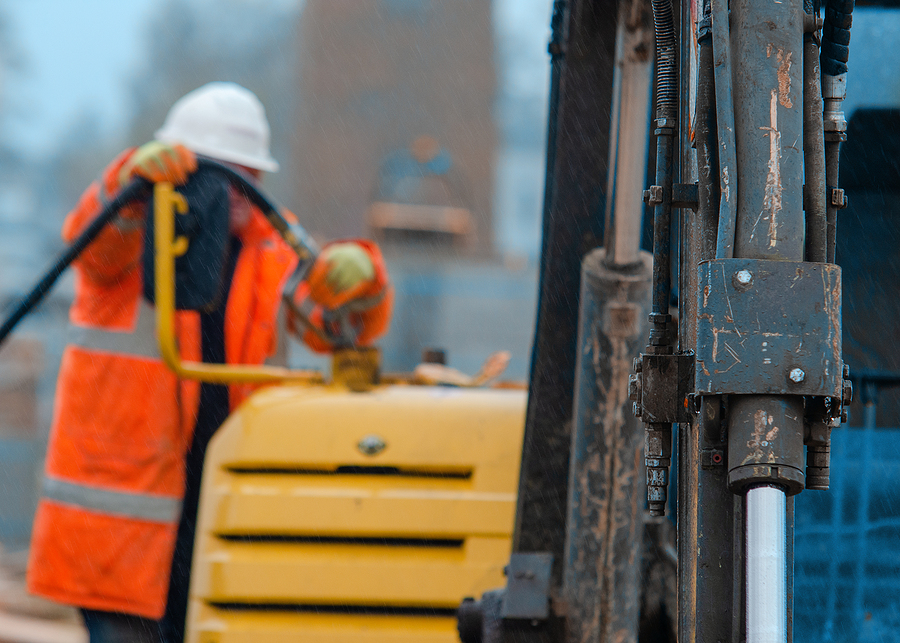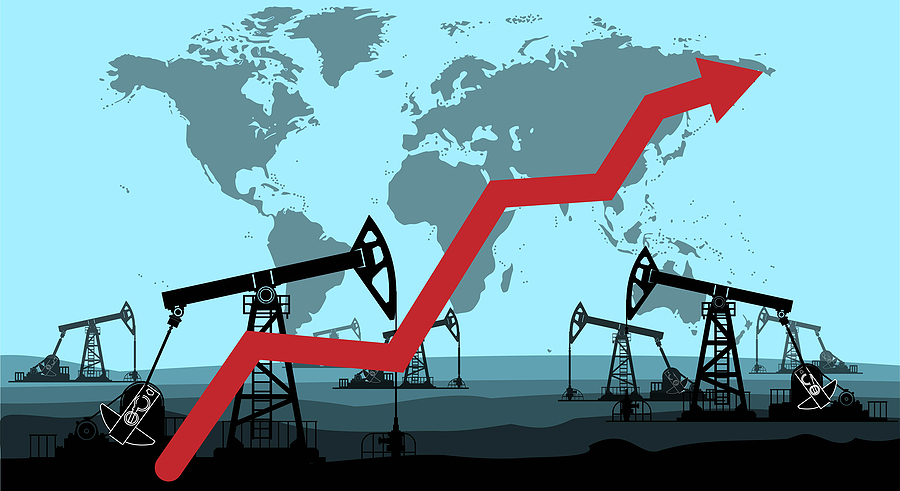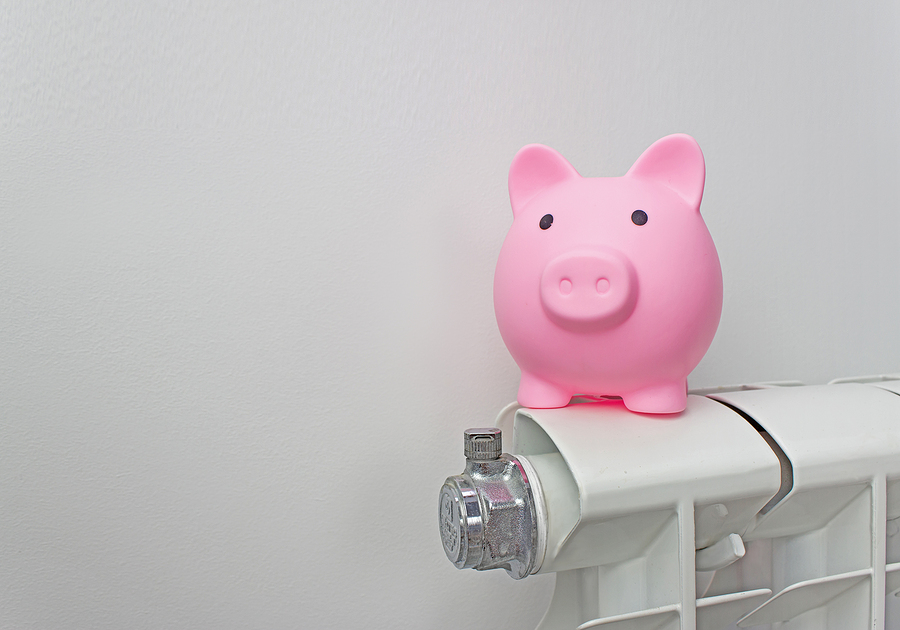Will Summer 2022 Bring A Drought?
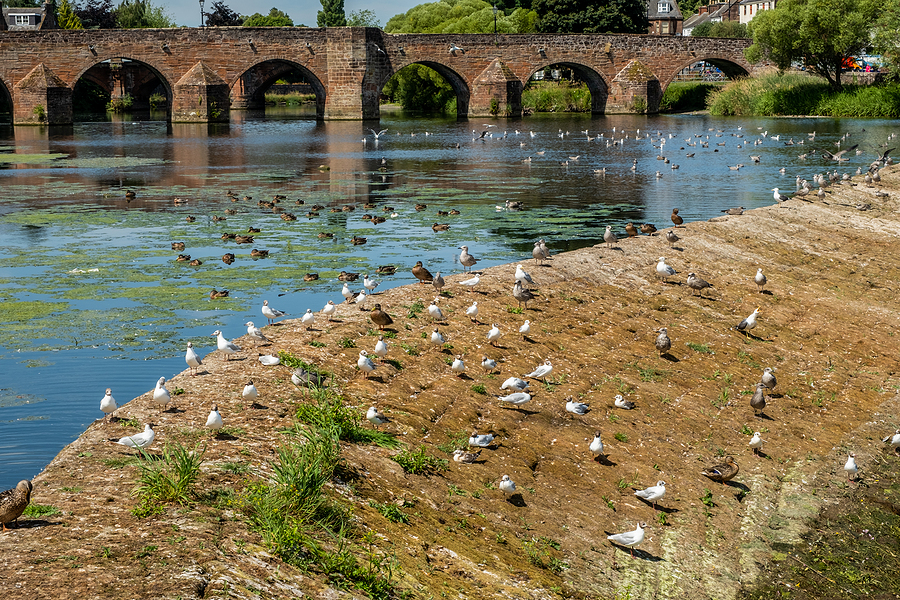
There are few things in life that are more uncertain than the British weather. Even before climate change started to make things even more erratic, these lush islands off the Atlantic seaboard of Europe have always had to deal with some unpredictable and unusual conditions.
Summer is a particular case in point. The only thing anyone
can be certain of is that it will be warmer and the days longer than winter.
Some summers are very wet and others extremely dry. One does not need to
compared more recent contrasting years like 2012 and 2013 to note this; the
same was true of 1984, when a drought left people having to save water, and
soggy 1985.
Nonetheless, the evidence of climate change has shown why
installing garden water
tanks
may be a wise move, enabling the collecting of water when it does
rain to ensure there is a good supply if there is a prolonged dry spell.
A government
scientific report
after the very wet summer of 2012 - which had the most
precipitation of any summer in England and Wales for a century - noted that
since 1998, summers had seen more rainfall, with a 22 per cent increase since
2006. By contrast, since 2003 winters had got drier.
Even so, since that 2013 report there have been some
distinctly dry summers. 2013 itself was a warm and sunny one, although it was
followed by the
wettest
winter on record
. This juxtapoition was a prime example of how the general
seasonal trends mentioned in the report do not always apply.
The summer of 2018 was another
trend-buster
. This was the warmest since 2006, driest since 2003 and
sunniest since 1995. Indeed, the early part of the summer was so parched that
areas such as the Pennines
suffered
a series of wildfires
.
All of this points to an ever-changing, uncertain picture, even by the capricious standards of the British climate. That’s why it makes sense to have a storage facility to hold lots of water just in case 2022 is a very dry summer, even though it may turn out to be anything but.


